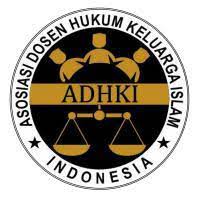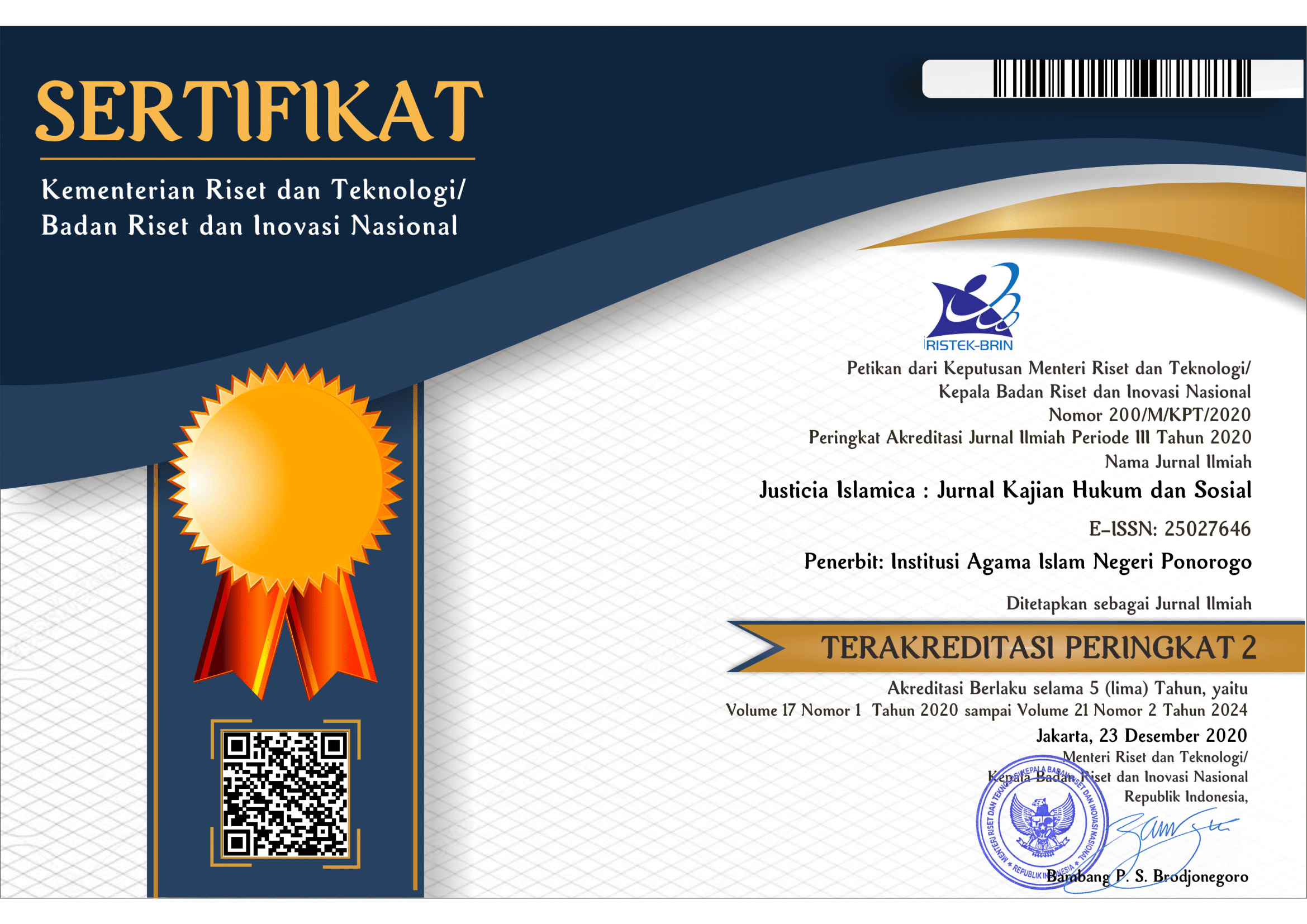Kharaj dan Agraria
Studi Komparasi Sistem Kharaj Masa Awal lslam dan Agraria di Indonesia
Keywords:
Kharaj; Land Tax; Islamic Law.Abstract
This study aims to compare the kharaj system in early Islamic times with the agrarian system in Indonesia to understand the similarities and differences in land management and agricultural taxes. The method used is juridical-historical research with a comparative approach through a literature study of classical Islamic sources and agrarian regulations in Indonesia. The results of the study show that kharaj is a land tax system applied in early Islamic rule to regulate land ownership and utilization, while the Indonesian agrarian system is based on the concept of customary rights and modern regulations such as the Basic Agrarian Law (UUPA). Although it has the principle of fairness in land distribution, the kharaj system is more oriented towards state revenue, while Indonesian agrarian law emphasizes the welfare of the people. This study recommends integrating the principle of kharaj justice into modern agrarian policy.
References
-
Downloads
Published
How to Cite
Issue
Section
License

This work is licensed under a Creative Commons Attribution-ShareAlike 4.0 International License.
Requirements to be met by the author as follows:
- Author storing copyright and grant the journal right of first publication manuscripts simultaneously with licensed under the CC BY-SA allows others to share the work with a statement of the work's authorship and initial publication in this journal.
Authors can enter into the preparation of additional contractual separately for the non-exclusive distribution of a decadent version of the journal issue (e.g., post it to an institutional repository or publish it in a book), with the recognition of initial publication in this journal.
Authors are allowed and encouraged to post their work online (e.g., in institutional repositories or on their website) before and during the submission process because it can lead to productive exchanges and citations earlier and more severe than published works. (see The Effect of Open Access).
This work is licensed under CC BY-SA.


















